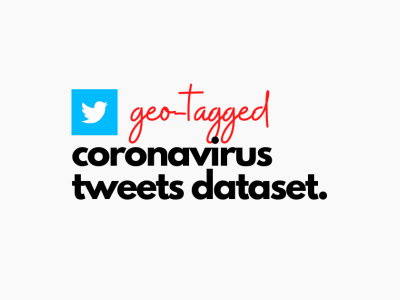UAV Attack Dataset

- Citation Author(s):
-
Jason Whelan (Ontario Tech University)Thanigajan Sangarapillai (Ontario Tech University)Omar Minawi (Ontario Tech University)Abdulaziz Almehmadi (University of Tabuk)Khalil El-Khatib (Ontario Tech University)
- Submitted by:
- Jason Whelan
- Last updated:
- DOI:
- 10.21227/00dg-0d12
- Data Format:
- Research Article Link:
- Links:
 19527 views
19527 views
- Categories:
- Keywords:
Abstract
GPS spoofing and jamming are common attacks against the UAV, however, conducting these experiments for research can be difficult in many areas. This dataset consists of a logs from simulation and live fights. Logs include data from a benign flight as well as one where the UAV experiences an attack.
Simulated Attacks
Note: This is not the most accurate of the data. We recommend using the live GPS Spoofing and Jamming data if possible.
A number of different airframes are used (ex. quadcopters, planes, etc) as well as a mix of software-in-the-loop and hardware-in-the-loop.
GPS spoofing: A hook into the Gazebo simulator was created to introduce false GPS messages during flight.
Ping DoS: A flood of MAVLink pings were sent to disrupt communication and system resources.
Live GPS Spoofing and Jamming
The Keysight EXG N5172B signal generator is used to provide the true coordinates as a location in Shanghai, China.
GPS spoofing: A Great Scott Gadgets HackRF software-defined radio is used with the GPS-SDR-SIM tool (https://github.com/osqzss/gps-sdr-sim) to broadcast 30.286502,120.032669.
GPS jamming: Jamming is done by broadcasting white guassian noise using the HackRF, with an amplitude of 0.3 and a gain of -48dB.
All experiments were conducted within an RF-denied research facility following all legalities
Instructions:
PX4 Autopilot v1.11.3 (https://px4.io) is used for all experiments, running on Pixhawk 4 flight controller (PX4_FMU_V5) and Pixhawk GPS receiver. The UAV frame is the Holybro S500. QGroundControl (v4.0.9) is used for GCS (http://qgroundcontrol.com).
Full flight data is contained in ULOG files (https://dev.px4.io/v1.9.0/en/log/ulog_file_format.html)
CSV files are obtained by conversion using the ulog2csv script (https://github.com/PX4/pyulog/blob/master/pyulog/ulog2csv.py)







